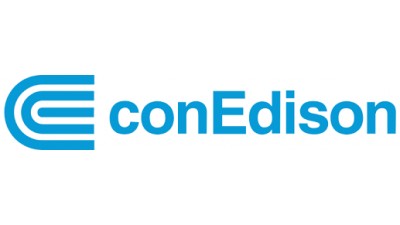Smart Lighting Gains Popularity Among Existing Building Stock

Smart, energy-efficient lighting systems have grown in popularity among homeowners over the past several years. To reduce their energy footprint, commercial and industrial building owners are now looking to incorporate similar advanced lighting controls across their properties.
As lighting technology continues to mature for wireless applications across all properties, Peter Jacobson of Con Edison is working with owners to increase awareness of efficiency initiatives and the benefits of using upgraded components and systems.
Jacobson has been Con Edison's lighting specialist, subject matter expert and liaison to the lighting industry since 1991. He provides support for Con Edison's energy-efficiency programs, facility management, and research and development projects. He also works with owners of existing buildings to make lighting efficiency upgrades.
"All new buildings are installing advanced lighting controls," Jacobson said. "There is also an opportunity for existing building stock to bring in control strategies for increased efficiency and other benefits. Due to the wireless capability of components and systems, the installation in existing building conditions is much easier."
According to Jacobson, adopting smart solid-state lighting can cut operating costs. Existing lighting systems that are either incandescent, fluorescent or high-intensity discharge systems can be replaced with LED, solid-state lighting in a component, retrofit or complete changeout. This type of upgrade reduces energy use by up to 70% and cuts back on maintenance.
Advanced lighting controls can go one step further by connecting to a network that can monitor HVAC, occupancy and security systems through a centralized system or via the cloud. Owners adopting these lighting controls can see a reduction between 0.5 watts/SF and 0.7 watts/SF in energy use compared to existing static systems, Jacobson said.
He added that in office buildings, lighting operates from 15 to 24 hours a day. Implementing energy-efficient controls can save 30% to 70% in energy use within these spaces.

In multifamily buildings, common areas like stairwells, hallways, lounges and laundry and storage rooms operate 24/7, and exterior walkways, courtyards and parking facilities must remain well-lit at all times for safety and convenience.
Jacobson and his team encourage property owners to make lighting and lighting control upgrades and to take advantage of Con Edison's full range of incentives. Methods and tools like daylight harvesting (taking advantage of beamed sunlight through diffuse skylights or reflected light from exterior surfaces), occupancy/vacancy sensing, and personal control and demand response can improve the efficiency of lighting systems with minimal opportunity cost.
One initiative, Manage Energy, is part of Con Edison's Commercial & Industrial Energy Efficiency Program. The program offers cash incentives for installing energy-efficient electric and gas equipment and technologies. For building owners looking to invest in their properties, improved lighting efficiency opens the door for better building performance and tenant retention.
"By making these efficiency upgrades, owners would also be contributing to New York City's carbon footprint challenge," Jacobson said. “Tenants are asking about sustainability and how owners are contributing to that effort. It is important for these owners to take advantage of that.”
This feature was produced in collaboration between Bisnow Branded Content and Con Edison. Bisnow news staff was not involved in the production of this content.

